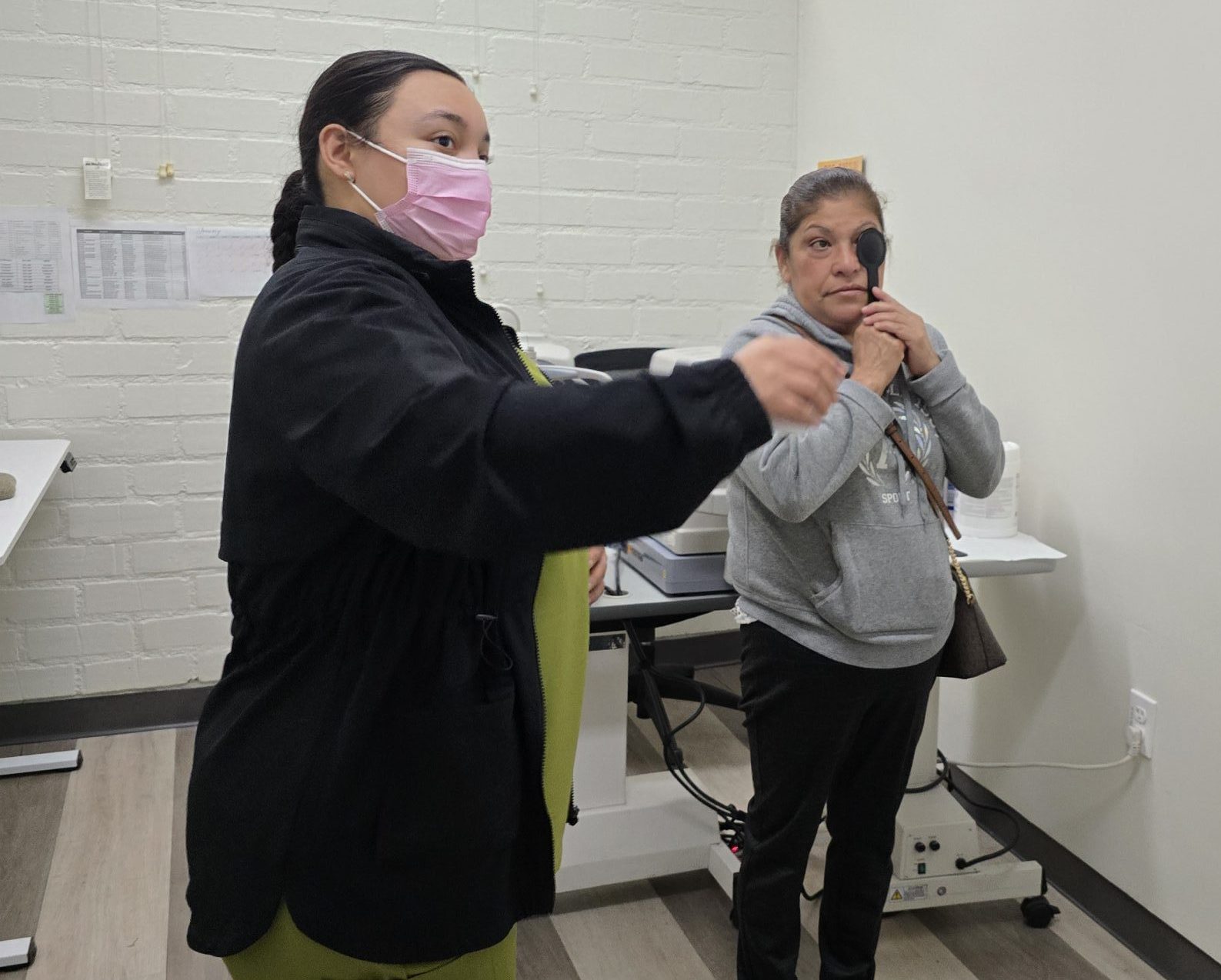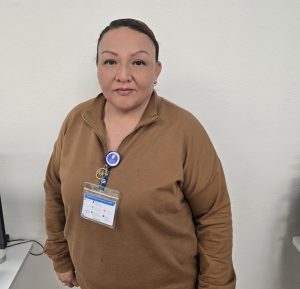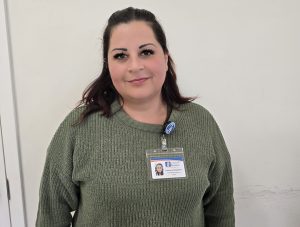How Clínica Romero Supports Low-Income Families with Sliding Fee and EBT Assistance


Alma Ortega is the Supervisor for Community Health Workers at Clínica Romero.
Health is a human right. Everyone is entitled to it, regaradless of race, religion, or economic status.
It’s a mission engrained in the spirit of Clínica Romero, which is committed to providing health to those who come through its door, no matter if the person has insurance or needs help paying for their services.
January may be National Poverty in America Awareness Month, but Clínica Romero makes sure to help those in need any month or day of the year.
SLIDING FEE PROGRAM
One way they do this is through their Sliding Fee Program for patients who don’t qualify for Medi-Cal or lack health insurance.
Patients under the program pay a nominal fee for their office visit depending on their monthly income. Lab and medication costs are separate.
For instance, an individual earning $1,255 a month or an individual in a family of four with a monthly income of $2,600 a month may pay $25 to see a doctor, explains Esperanza Magallanes, who has worked as Front Office Supervisor for over four years.
The program may even help those who qualify for Medi-Cal—the public health insurance program for low-income California residents. When persons apply for this coverage, they must wait 30 days or more before their coverage kicks in, so if they need to see a doctor or medication, the Sliding Fee Program can help them.

“We’re here to help the community, we’re a community clinic,” Magallanes says. “We want to help as many community patients as we can. We won’t turn anybody away.”
Those applying for the program must show proof of income: their last two pay stubs or copies of check payments. If they are paid by cash, such as when a person babysits children, cleans homes or does other service jobs, they sign an “auto declaration” where they write the name of the place where they work and how much they are paid.
Magallanes says that, on average, three or four patients a week are assisted through this program.
“We’re here to help the community, we’re a community clinic,” Magallanes says. “We want to help as many community patients as we can. We won’t turn anybody away.”
The application to the Sliding Fee Program is annual. If there are any income changes, patients should report it to make changes as appropriate.
Clínica Romero may even waive the nominal fee one time when it’s too much for the patient, such as for those who are homeless or lack any income.
“Nobody is turned away,” Magallanes says.
EBT APPLICATIONS
Five years ago, Clínica Romero launched a nutrition program. But they quickly learned that families in the program did not have the means or access to the groceries needed to prepare the foods in the program.
The solution was to offer help with their EBT applications, a program many of them did not know they were elegible for, says Alma Ortega, Supervisor for Community Health Workers at Clínica Romero.
Commonly known as “California Food Stamps,” CalFresh or SNAP, the Electronic Benefit Transfer (EBT) is a card the local county offers with money to pay fruits, vegetables, meat and other groceries. In some cases, they may also purchase warm meals at restaurants.
To qualify for the program, the person must be low-income, U.S. citizens or legal residents, and have children under 21 years of age. Those who receive Supplemental Security Income (SSI) benefits—including people with disabilities and older adults with little or no income or resources—are also eligible.
The application for EBT takes only 10 minutes.
“The system is very simple,” Ortega explains. “It only asks your name, address, number of family members, income, how much you pay in rent and other bills.”
Persons applying must show proof of address, social security number, and bills.
One thing to note—and a common misconception—is that the program is open to mixed families, those where the parents may lack legal status but who can still apply for benefits for their children.
“Maybe they won’t give you money to you, but you can get benefits for your U.S.-born child,” Ortega says.
How much they receive in EBT benefits per month depends on individual assessments. The minimum for each elegible family member is $150.
Clínica Romero helps some 30-35 people a month with their EBT application, but they saw a slight decrease in the last tree months after the change in Presidential Administration.
“I don’t know if it’s fear about the public charge or the new administration, but we only did 25 applications last month and we had been doing more than 30,” Ortega says.
Help with EBT applications is available at all six locations of Clínica Romero and Ortega emphasizes that nothing has change so far in regards to who can qualify for the program or the “public charge,” a rule that immigration officers use to determine if a non-citizen is likely to become dependent on the government for support.
So she encourages those who may be elegible, and need it, to apply.
“They should take this opportunity. The funds are there to help you,” she says.
For more information about the Sliding Fee Program or the EBT application, call
(213) 989-7700 or visit anyone of the six Clínica Romero locations.

